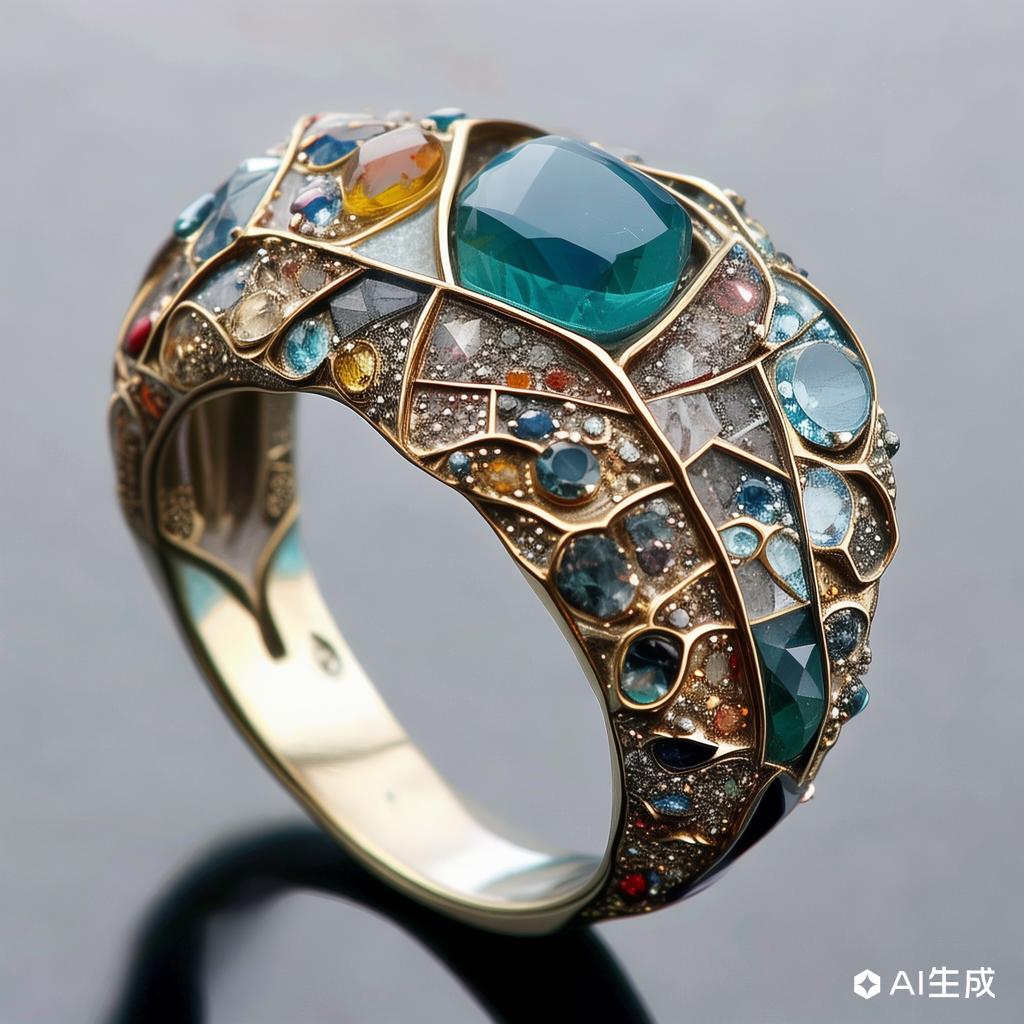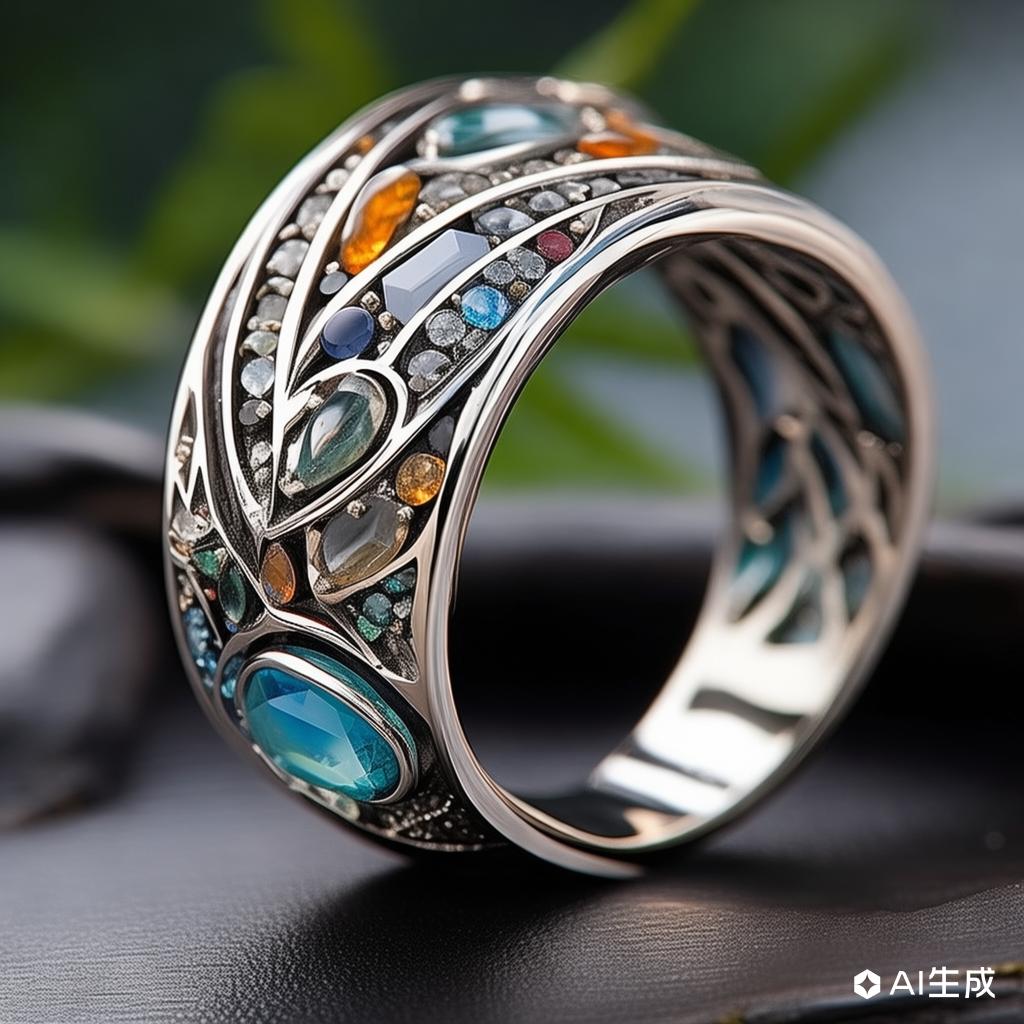Exploring the Art of Jewelry Inlay: Techniques and Trends
Share



Jewelry inlay is a captivating art form that combines the beauty of gemstones with the craftsmanship of metalwork. This technique involves embedding gemstones or other materials into a metal base to create intricate and visually stunning pieces. In this article, we will delve into the various methods of jewelry inlay, their unique characteristics, and the latest trends in this fascinating field.
### Traditional Inlay Techniques
1. **Channel Inlay:**
Channel inlay is one of the most popular methods, where gemstones are set into pre-cut channels within the metal. This technique is often used in Native American jewelry, featuring turquoise, coral, and other semi-precious stones. The precision required for creating seamless channels makes this method both challenging and rewarding.
2. **Bezel Setting:**
In bezel setting, a metal rim is wrapped around the gemstone to hold it in place. This method provides excellent protection for the stone and allows for a variety of shapes and sizes. Bezel setting is versatile and can be used in both contemporary and traditional designs.
3. **Pavé Inlay:**
Pavé inlay involves setting small gemstones closely together to create a "paved" appearance. This technique requires meticulous craftsmanship to ensure each stone is evenly spaced and secured. Pavé inlay is often used in high-end jewelry to add a luxurious touch.
### Modern Innovations in Jewelry Inlay
1. **Laser Inlay:**
Advances in technology have introduced laser inlay, which allows for unparalleled precision and intricate designs. Laser cutting and engraving enable jewelers to create complex patterns and fit stones with extreme accuracy, pushing the boundaries of traditional inlay methods.
2. **Mixed Media Inlay:**
Contemporary jewelers are experimenting with mixed media inlay, combining gemstones with materials like wood, bone, and even glass. This approach results in unique, one-of-a-kind pieces that appeal to a diverse audience.
3. **Soldering Techniques:**
Improved soldering techniques have made it easier to secure gemstones in intricate inlay designs. Jewelers can now work with thinner metals and more delicate stones, expanding the possibilities for creative expression.
### Trends in Jewelry Inlay
1. **Geometric Patterns:**
Geometric inlay designs are gaining popularity, with clean lines and symmetrical patterns adding a modern twist to traditional techniques. These designs are particularly appealing in minimalist jewelry pieces.
2. **Organic Shapes:**
Organic shapes, inspired by nature, are also trending. Inlays featuring flowing lines and asymmetrical forms create a sense of movement and spontaneity, making each piece unique.
3. **Sustainable Materials:**
With a growing emphasis on sustainability, jewelers are increasingly using ethically sourced gemstones and recycled metals in their inlay work. This trend not only supports environmental conservation but also appeals to eco-conscious consumers.
### Conclusion
Jewelry inlay is an art form that continues to evolve, blending traditional techniques with modern innovations. Whether you prefer the timeless elegance of channel inlay or the cutting-edge precision of laser inlay, there is a world of possibilities to explore. As trends shift towards geometric patterns, organic shapes, and sustainable materials, the future of jewelry inlay looks brighter than ever.